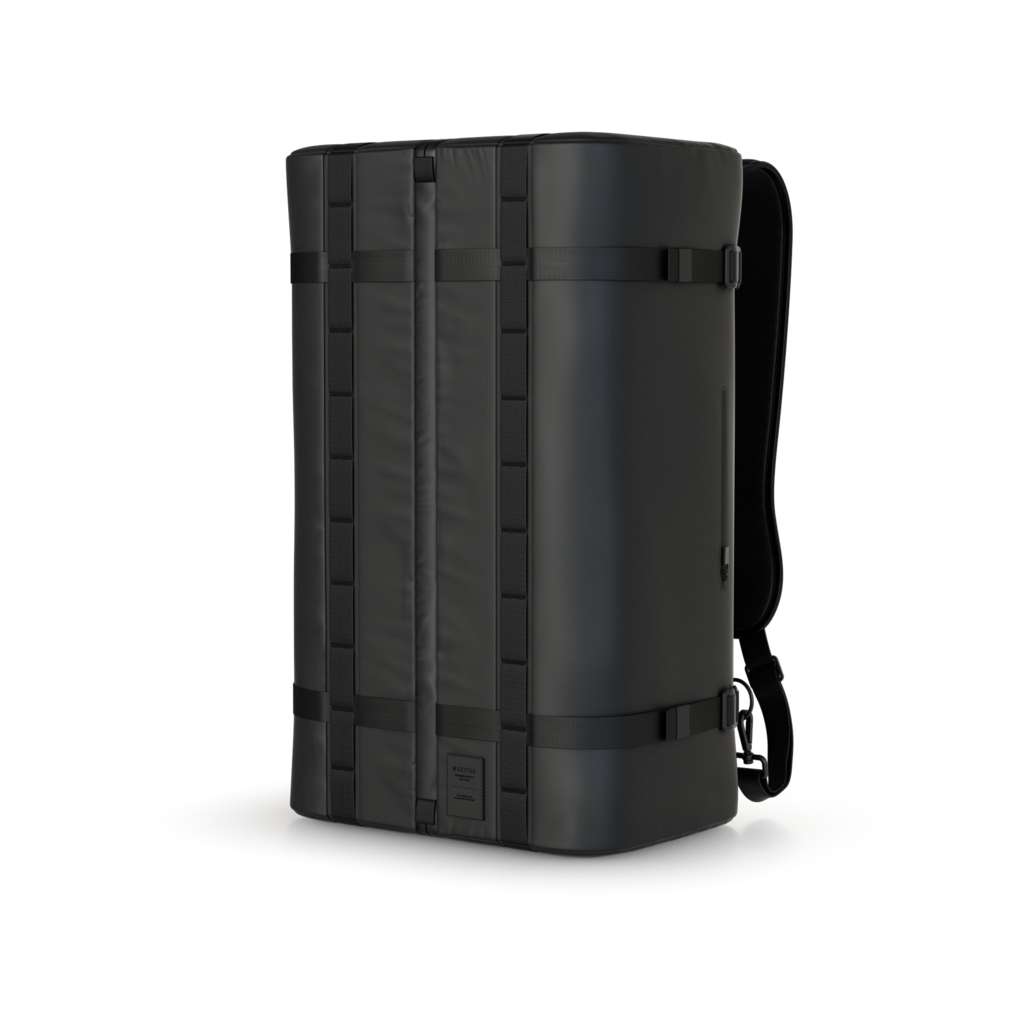Saving the Black Rhino: A Solar Solution

The world is undergoing a biodiversity crisis, and it gets worse every year. In 2019, it’s estimated that at least 10,000 species will become extinct. Mass extinction events in the past were the result of geological catastrophes, but the ongoing crisis can be attributed almost wholly to one species: humans.
On this Endangered Species Day, we’d like to highlight the black rhino as a critically endangered species that needs protection. This is also a species for which IOT and solar energy have been used to find solutions, with significant contributions from Dutch inventors and philanthropists.

Tim van Dam is a pioneer for the development of Smart Parks, which use technology to efficiently monitor the safety and wellbeing of animals enclosed within them. The initiative has been rolled out in several national parks of Africa, but this particular operation was at the Mkomazi National Park in Tanzania. A project leader for conservation, van Dam wanted to find an effective power solution which was small enough to place like a sticker on the animal, and which wouldn’t need to be replaced.
It was an ambitious project, especially keeping the plight of the black rhino in mind; critically endangered, the animal is often hunted by poachers for its horn. According to him, “the brutal onslaught of poaching of rhino populations across Africa has resulted in fewer than 5,000 black rhinos remaining in the wild… Smart Parks is a new tool in the war against poaching.” Save the Rhino also published the following facts about the status of black rhinos.
 It does seem as if the only way to make a difference is to find sustainable technological solutions to save the planet. In an article published in 2017 in the Financial Times, John Tillema and Nick Kiran of Tryst Energy went into detail about the solar-powered rhinoceros tracker.
It does seem as if the only way to make a difference is to find sustainable technological solutions to save the planet. In an article published in 2017 in the Financial Times, John Tillema and Nick Kiran of Tryst Energy went into detail about the solar-powered rhinoceros tracker.
The use of solar power in these initiatives has several benefits, not least of which is that it makes battery replacements unnecessary. This is one aspect which makes investors balk, and using sustainable energy instead benefits both national parks and the animals inside them.

Sustainability was also our first priority when we first partnered with TWTG, which is John Tillema’s company, to create and patent the world’s smallest solar-powered tracker; today the same technology is being implemented to track black rhinos in Tanzania to keep them safe from poachers.
At Ekster, we are extremely humbled to be part of efforts to combat the extinction of endangered species.
Sanctuaries like the Mkomazi National Park in Tanzania, or the David Sheldrick Wildlife Trust in Kenya, have a hands-on impact on the well-being and survival of these species. You can also learn more about the black rhino and programs for its conservation at Save the Rhino.
On this Endangered Species Day, we want to urge our readers to donate to these (or other organizations of your choice) to help us move towards a better world for all species.




























